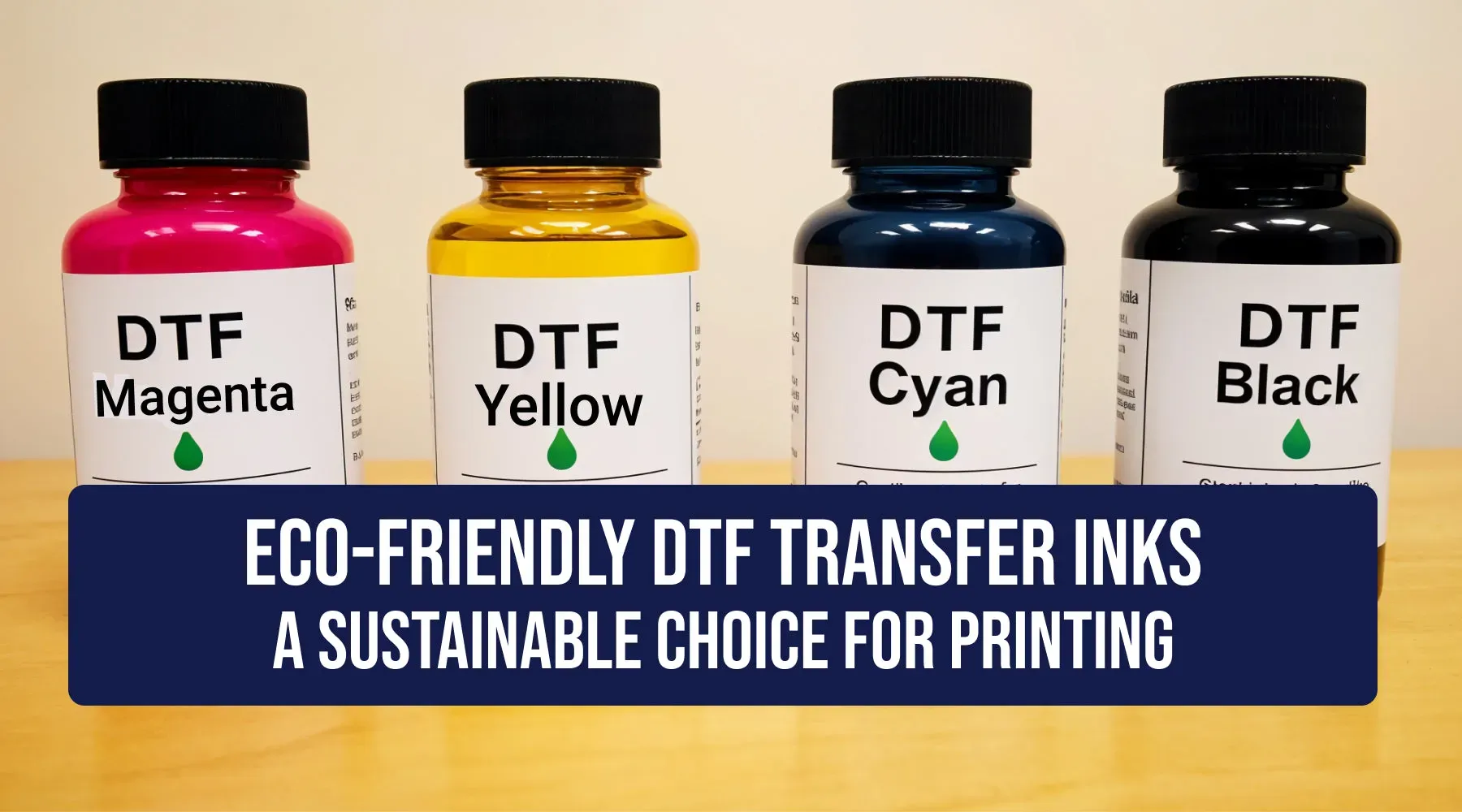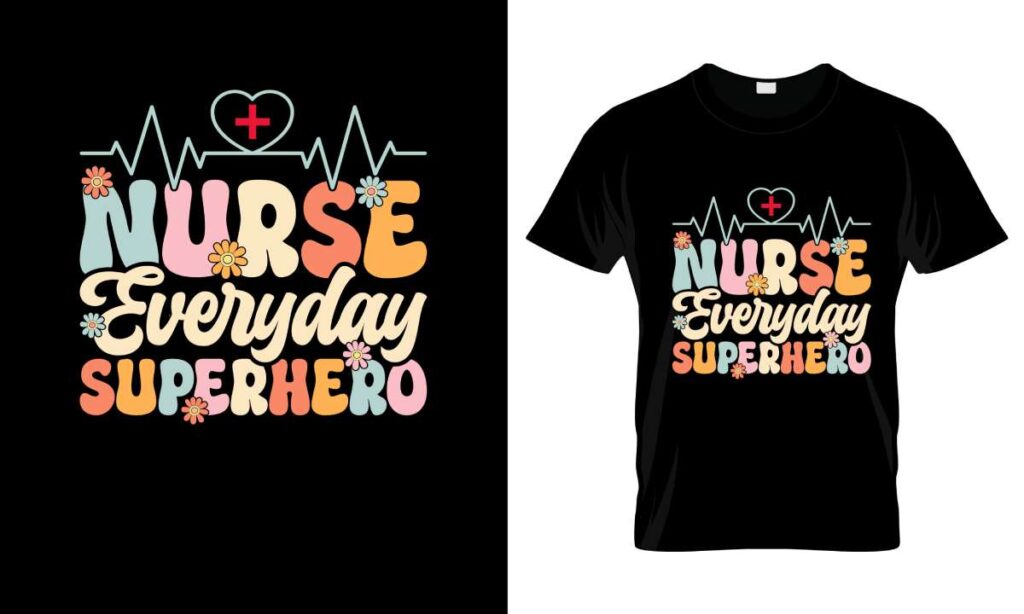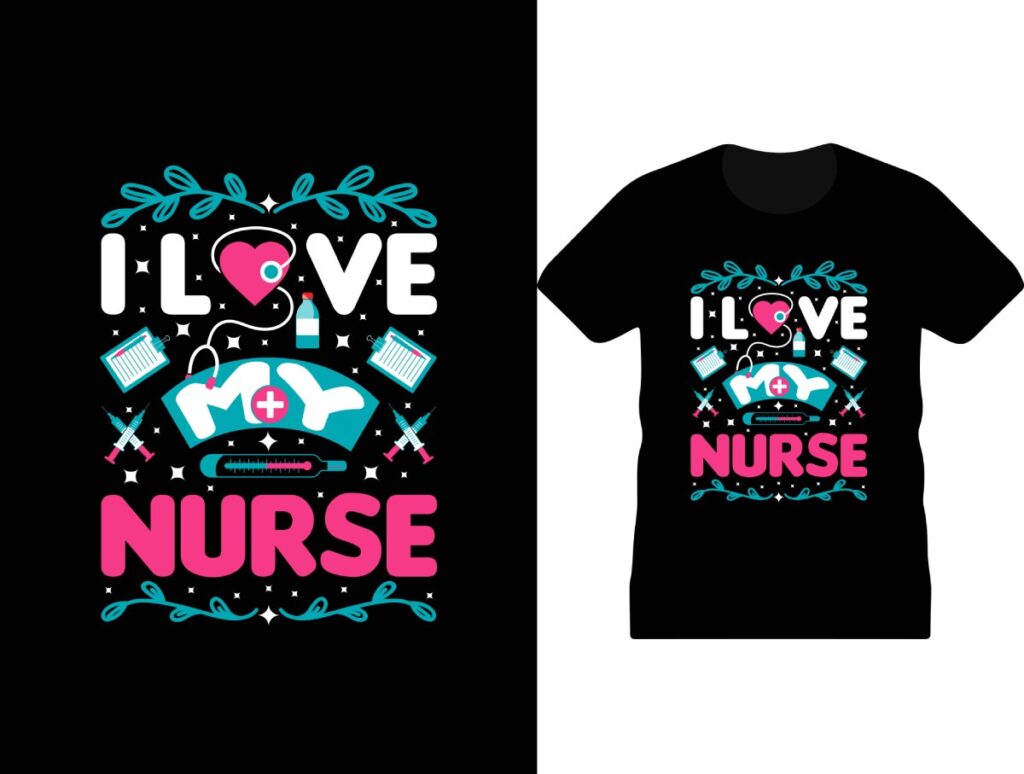Eco-Friendly DTF Printing is revolutionizing the fashion industry by combining high-quality graphics with sustainable printing methods. As brands move towards eco-friendly fashion practices, DTF printing stands out for its significant benefits, including reduced fabric waste and the use of innovative green printing technology. This state-of-the-art process utilizes water-based inks, ensuring a lower environmental impact while meeting the demands of conscious consumers. With its ability to seamlessly print on sustainable materials, Eco-Friendly DTF Printing exemplifies a commitment to sustainability without sacrificing style. In this article, we will explore the multifaceted advantages of DTF printing and how it is aligning the fashion sector with a greener future.
In the quest for sustainable fashion solutions, Direct-to-Film (DTF) printing has emerged as an impressive alternative to conventional textile printing techniques. This advanced printing technology not only allows for vibrant and durable designs but also aligns beautifully with eco-conscious values. Employing eco-friendly inks and minimizing resource wastage, DTF printing is paving the way for greener manufacturing practices in the industry. As the demand for sustainable clothing continues to rise, brands that embrace this innovative method are not only enhancing their environmental credentials but also thriving in a market eager for sustainable fashion options. This discussion will highlight the critical role of DTF printing in supporting sustainable practices and meeting consumer expectations.
What is DTF Printing and Why It Matters
Direct-to-Film (DTF) printing is an innovative printing technology that has gained traction in the fashion industry for its efficiency and eco-friendliness. Unlike traditional screen printing that often involves numerous processes and significant waste, DTF printing simplifies the method of transferring designs onto apparel. It prints high-definition images onto a special film, which is then transferred to various types of fabrics. This process not only saves time but also minimizes material waste, making it a sustainable alternative suitable for eco-conscious brands.
The significance of DTF printing extends beyond mere efficiency. By bridging technology with sustainable practices, DTF printing empowers brands to make informed decisions regarding their environmental impact. Given the pressing need for sustainable fashion methods, DTF printing plays a pivotal role in shaping the future of the industry, as it embraces high-quality visuals while reducing the ecological footprint.
Eco-Friendly Benefits of DTF Printing
One of the most notable eco-friendly benefits of DTF printing is its reduction of fabric waste. Traditional methods often lead to excess fabric cuttings and ink spillages, contributing to significant landfill waste. In contrast, DTF printing uses only the precise amount of ink needed for each design, thus drastically cutting down on waste. This characteristic is particularly appealing to brands that aim to resonate with environmentally conscious consumers, who expect transparency and responsibility in production practices.
Moreover, the use of eco-friendly inks in DTF printing enhances its sustainability profile. Many modern DTF printers have transitioned to using water-based inks, which eliminate the harmful volatile organic compounds (VOCs) found in solvent-based inks. This not only promotes better air quality but also ensures a safer working environment, making DTF printing a superior choice for brands committed to sustainable printing methods.
Energy Efficiency in DTF Printing
DTF printing is recognized for its energy efficiency compared to conventional printing methods. The process typically requires lower temperature settings for transferring designs, which in turn reduces the overall energy consumption in production. Given the growing concerns regarding climate change, adopting energy-efficient technologies like DTF printing can significantly contribute to lowering the carbon footprint of the fashion industry.
Incorporating energy-efficient practices is essential for brands looking to navigate the increasingly competitive eco-friendly market. By utilizing DTF printing, companies can not only optimize their production processes but also showcase a commitment to sustainability, aligning their operations with global efforts aimed at combating the effects of climate change.
Versatility with Sustainable Fabrics
The versatility of DTF printing allows it to be used on a wide array of sustainable and recycled materials, such as organic cotton and recycled polyester. This compatibility opens doors for brands to experiment with innovative designs while adhering to sustainable fashion practices. By utilizing DTF printing on eco-friendly fabrics, designers can create stunning apparel that meets the growing consumer demand for environmentally conscious products.
Thus, this technology not only supports creativity but also fosters a transition towards greener fashion choices. The ability to seamlessly integrate sustainable materials with advanced printing technology is crucial for brands striving to enhance their environmental credentials in a market that increasingly values eco-friendly fashion.
Meeting Consumer Demand for Sustainable Fashion
With a growing movement towards sustainability in fashion, consumer demand for brands that prioritize eco-friendly practices has never been higher. DTF printing offers a solution for businesses that want to appeal to this eco-conscious audience. By adopting DTF printing, brands can effectively improve their sustainability image while also enhancing product quality and design options.
Furthermore, as consumers become more aware of the environmental impacts associated with clothing production, they are increasingly seeking out companies that demonstrate a commitment to sustainability. Implementing DTF printing not only allows brands to meet these expectations but also helps to differentiate themselves in a competitive market focused on eco-friendliness.
The Future of Eco-Friendly DTF Printing
As we move forward, the future of eco-friendly DTF printing looks promising, with innovations continuing to emerge. The constant evolution of green printing technology aligns well with the global trend towards sustainable fashion practices. Brands that embrace DTF printing will likely benefit from opening new avenues that offer both eco-friendly options and creative freedom.
In conclusion, the integration of DTF printing within the fashion industry stands as a game changer, promoting sustainable practices while also achieving high-quality, visually appealing results. As sustainability becomes an integral part of brand identity, DTF printing will undoubtedly play a crucial role in shaping the future of eco-friendly fashion.
Frequently Asked Questions
What are the eco-friendly benefits of DTF printing over traditional methods?
Eco-Friendly DTF printing significantly reduces fabric waste, utilizes water-based inks that are less harmful, and operates efficiently at lower energy levels. These advantages position DTF printing as a sustainable choice in comparison to conventional printing techniques, aligning closely with sustainable fashion practices.
How does DTF printing contribute to sustainable fashion practices?
DTF printing supports sustainable fashion practices by minimizing waste, adopting eco-friendly inks, and being compatible with a variety of sustainable materials. This method allows brands to reduce their environmental impact while meeting consumer demand for eco-friendly fashion.
Are the inks used in DTF printing environmentally friendly?
Yes, many DTF printing companies are now using water-based inks, which are significantly safer for the environment than traditional solvent-based inks. This shift helps improve air quality and aligns with the goals of sustainable printing methods.
Can DTF printing be used with sustainable fabrics?
Absolutely! DTF printing is highly versatile and can easily be used on various sustainable and recycled fabrics such as organic cotton and recycled polyester, making it an ideal choice for eco-friendly fashion.
How energy-efficient is DTF printing compared to traditional printing methods?
DTF printing is generally more energy-efficient as it often requires lower temperatures for the transfer process. This reduction in energy consumption contributes to a lower carbon footprint, supporting brands in their sustainability goals.
Why should brands incorporate eco-friendly DTF printing into their production processes?
Incorporating eco-friendly DTF printing allows brands to attract the growing number of consumers interested in sustainable fashion. It enhances their sustainability credentials and helps them stay competitive in a market increasingly focused on environmental responsibility.
| Key Points | Description |
|---|---|
| Understanding DTF Printing | Direct-to-Film (DTF) printing allows designs to be printed onto a film and transferred to fabric, minimizing waste and ensuring high-quality prints. |
| Reduction of Fabric Waste | DTF printing uses only the ink necessary for each design, significantly reducing overall fabric waste compared to traditional methods. |
| Use of Eco-Friendly Inks | Modern DTF printing utilizes water-based inks, which are less harmful to the environment and improve indoor air quality compared to solvent-based inks. |
| Energy Efficiency | DTF printing is energy efficient, often requiring lower temperature settings, which helps reduce overall energy consumption and carbon footprint. |
| Versatility with Sustainable Fabrics | DTF printing can be applied to various sustainable fabrics, such as organic cotton and recycled polyester, promoting eco-friendly design. |
| Responding to Consumer Demand for Sustainability | Brands that adopt DTF printing can enhance their sustainability credentials, appealing to an increasingly eco-conscious market. |
Summary
Eco-Friendly DTF Printing represents a groundbreaking advancement in the sustainable fashion sector. By minimizing waste, utilizing safe inks, conserving energy, and accommodating eco-friendly materials, this innovative printing method has the potential to revolutionize the fashion industry. As consumers grow more aware of their environmental impact and demand sustainable products, the adoption of Eco-Friendly DTF Printing positions brands at the forefront of the green movement, ensuring they meet market expectations while contributing positively to the planet.



